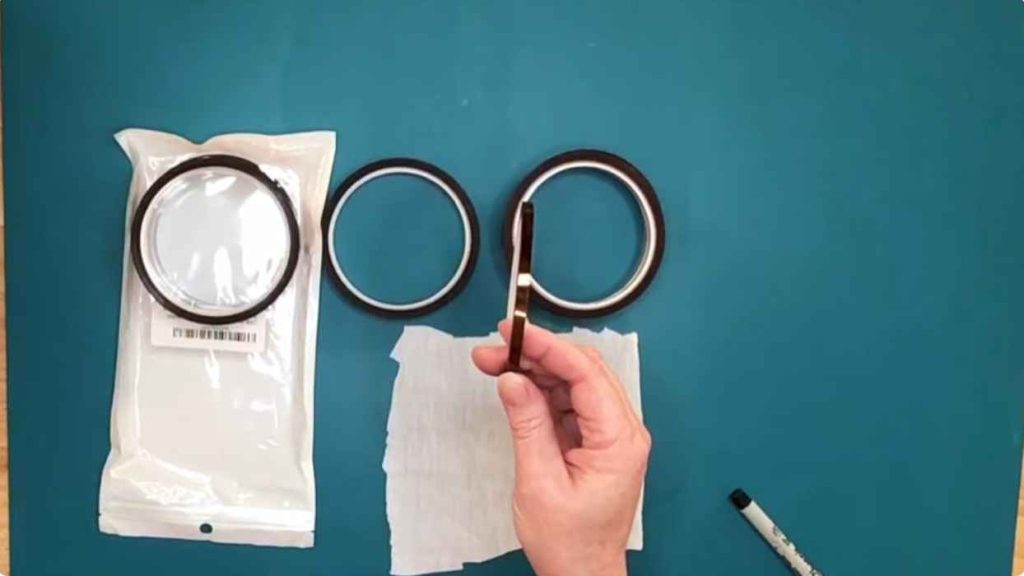Heat Tape Is Leaving Yellow Marks due to chemical reactions or adhesive residue. Solving this involves using compatible tapes and proper installation techniques.
Heat tape, also known as heat trace or heating cable, helps prevent pipes from freezing during cold months.
Yet, users sometimes report unsightly yellow staining around the applied areas.
This discoloration is typically the result of a thermal or chemical interaction between the tape’s adhesive and the surface.
It’s affixed to, or prolonged use causing the tape material to degrade.
To effectively address these stains, choosing heat tape that is rated for the intended surface and following the manufacturer’s guidelines for application is crucial.
Ensuring that the surface is clean before application can also reduce the likelihood of any staining.
Adjusting the heating temperature to the product’s specifications helps maintain its longevity and minimize any adverse effects on surfaces.
The Mystery Of Yellow Marks
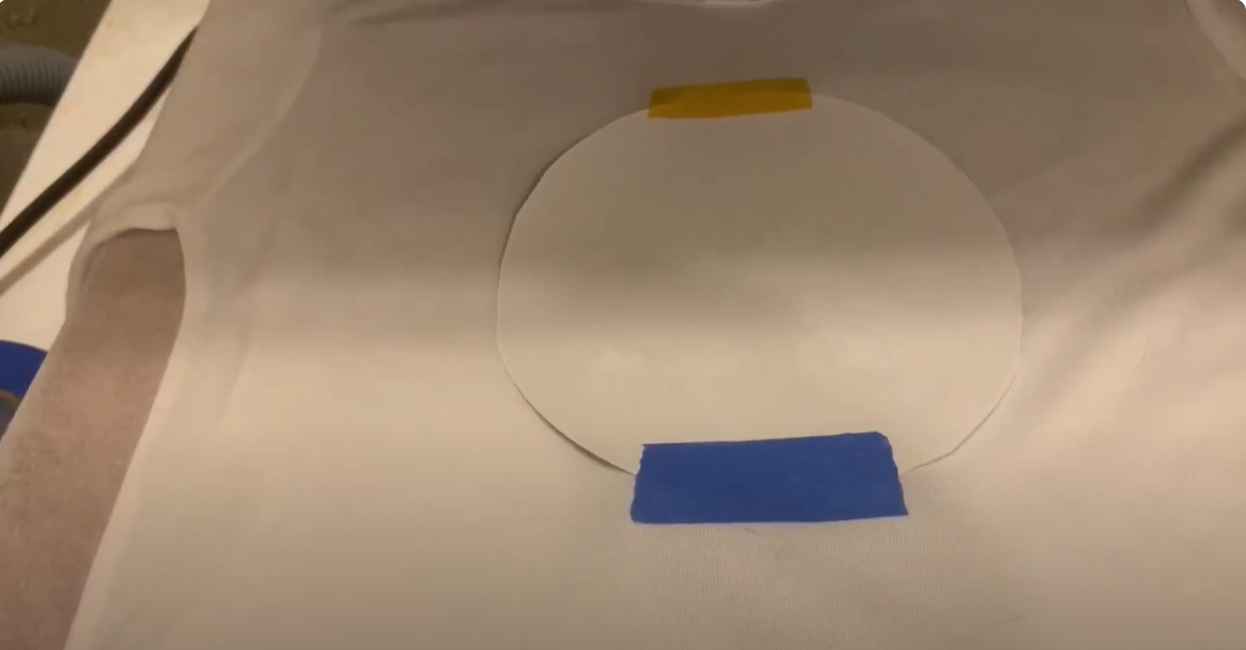
Imagine a spotless surface turning an unsightly yellow because of heat tape use. It’s unsettling. But why does this happen? Let’s uncover this mystery together. Heat tape, while useful for preventing pipe freezing. It can sometimes leave behind baffling yellow marks. It’s essential to understand the signs and find solutions to keep your surfaces pristine.
Visual Symptoms Of Heat Tape Damage
- Yellow or brownish discoloration
- Sticky residue on the surface
- Uneven coloring along heat tape paths
- Fading of original surface color
These are telltale signs that your heat tape might be damaging surfaces. It calls for immediate attention to prevent lasting damage.
Common Surfaces Affected By Yellowing
| Surface Type | Sensitivity to Heat Tape |
|---|---|
| PVC Pipes | High |
| Laminate Counters | Medium |
| Metal Pipes | Low |
| Painted Walls | Medium |
These are common areas where yellow marks from heat tape emerge. Recognize surfaces in your environment that could be at risk.
Heat Tape Basics
Welcome to the intriguing world of heat tape! Before we dive into why heat tape might leave behind yellow marks, let’s understand the tool itself. This section covers key insights about heat tape and its common applications.
What Heat Tape Is
Heat tape is an essential tool for preventing pipes from freezing. It’s a type of electrical cable that gets warm when it’s powered on. This warm cable wraps around pipes. Its warmth stops the water inside from turning to ice. It’s important to install heat tape correctly to avoid accidents and damage.
Typical Applications And Uses
- Protecting Pipes: It keeps home water pipes warm in cold weather.
- Roof and Gutter Use: Heat tape prevents ice dams on rooftops.
- Outdoor Use: It’s great for ramps, stairs, and walkways to melt ice.
Heat tape’s versatility makes it vital for safety and comfort during winter months. We have uncovered what heat tape is and its uses. Next, let’s tackle the issue of those pesky yellow marks it might leave behind and how to prevent them.
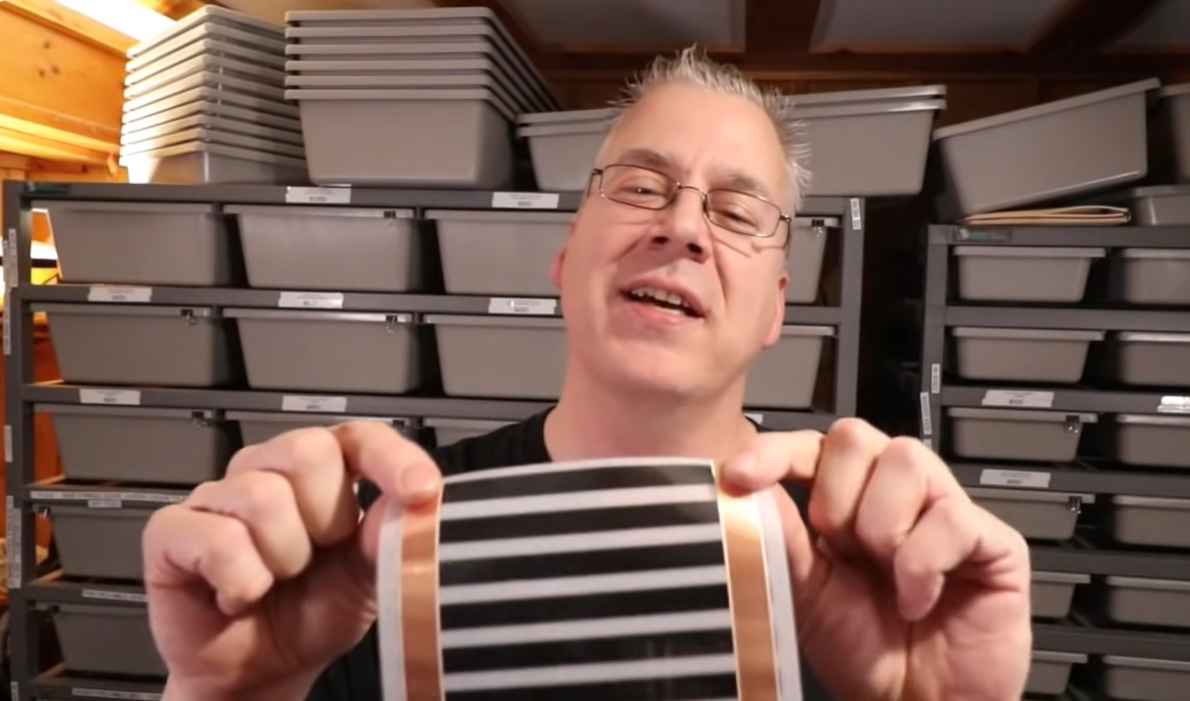
Chemical Interactions At Play
The chemical interactions happening beneath heat tapes often go unnoticed until a yellow mark on your surface says ‘hello’. To understand why, let’s delve into the chemical plays that lead to these unsightly blemishes.
Adhesive Residue And Discoloration
Adhesive holds heat tape in place. This sticky friend isn’t perfect. It reacts. Sometimes with the surface. Sometimes with the tape itself. When heat steps into the mix, it’s a new game. Heat changes the chemical structure of the adhesive. This can lead to yellow discoloration.
To solve this:
- Choose high-quality tape with heat-resistant adhesive.
- Regularly check and replace tape before it breaks down.
Heat-induced Chemical Changes
Heat doesn’t just warm; it transforms. Heat can make the materials in the tape interact. These chemical changes might cause yellowing. Temperature shifts can also lead to this. Materials expand and contract. This stresses the adhesive.
Prevention tips include:
- Maintain a steady temperature.
- Use tapes designed to handle specific heat levels.
Remember to clean the surface properly before applying the new tape. Remove all traces of residue.
Understanding these interactions is key. It helps keep your surfaces clean and mark-free. Now, let’s put this knowledge to use and tackle those yellow marks!
Material Sensitivity And Yellow Marks
Heat tape use sometimes turns tricky with delicate materials. Yellow marks may appear. These marks mean material sensitivity issues. Solving this requires understanding your materials’ heat tolerance. Let’s explore how to prevent these unsightly marks.
Plastics And Other Sensitive Materials
Plastics and similar materials can be sensitive to heat tape. Heat can make them change color. Many notice an unwelcome yellow hue. Avoid this by taking care of heat on sensitive items.
- Check the material type.
- Find the material’s heat limit.
- Apply the lowest effective heat setting.
Assessing The Heat Tolerance Of Surfaces
Different surfaces handle heat differently. Assess heat tolerance before using heat tape. This prevents damage. A table shows typical heat tolerances:
| Material | Heat Tolerance |
|---|---|
| PVC | 140°F (60°C) |
| ABS | 176°F (80°C) |
| Polycarbonate | 240°F (116°C) |
Use this info to set the right temperature. This ensures the safety of your materials.
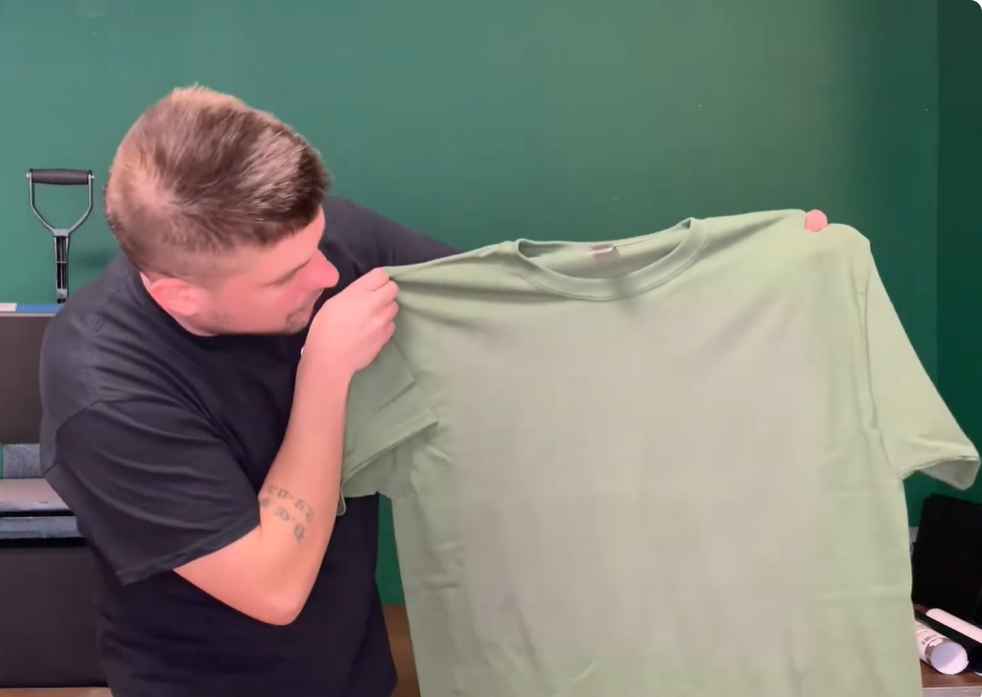
Environmental Factors Influencing Discoloration
Heat tape is handy, but sometimes it leaves yellow marks. These marks can be tricky. The environment plays a big part.
Impact Of UV light And Temperature Fluctuations
The sun’s rays can be harsh. UV light makes heat tape colors change. It’s like when a t-shirt fades in the sun:
-
- Sunlight breaks down chemicals in the tape.
- Heat makes the tape’s glue react. This can cause yellowing.
Temperature going up and down can also lead to marks. Extreme changes mess with the tape’s structure.
Humidity’s Role In Tape Residue
Moist air is another factor. High humidity levels can lead to sticky residue:
-
- Glue can soften and spread out under humid conditions.
- More moisture in the air can mean more marks.
Preventive Measures For Future Application
Dealing with yellow marks from heat tape can be frustrating. To prevent such issues, a strategic approach to applying heat tape is essential.
Choosing The Right Type Of Tape
Selecting the appropriate heat tape is crucial to avoid residue or yellowing.
- Check the temperature requirements for your project.
- Choose tape designed to withstand those temperatures.
- Consider tape material compatibility with your surface.
Tape with the right adhesive to prevent yellow stains.
Best Practices In Heat Tape Application
Applying heat tape properly is key. Follow these steps for optimum results:
- Clean the surface thoroughly before application.
- Ensure the surface is dry to prevent the tape from peeling.
- Apply tape evenly without stretching to avoid adhesive breakdown.
- Use recommended tools for a smooth finish.
By adhering to these practices, you can maintain the integrity of the surface.
Effective Cleaning Techniques
Effective Cleaning Techniques play a crucial role when removing stubborn yellow marks left by heat tape. Heat tape, a common tool for preventing pipes from freezing, can sometimes leave behind unsightly stains. These stains don’t have to be permanent. With the right approach, your surfaces can look as good as new. Start by assessing the mark. Choose a gentle or abrasive cleaning method depending on the surface’s resistance to damage. Let’s explore these techniques in more detail.
Gentle Cleaning Solutions
Gentle cleaning solutions are perfect for delicate surfaces. To protect your surfaces, always test a small, inconspicuous area first. You can use simple ingredients from your kitchen or bathroom for a safe but effective clean. Consider the following options:
- Vinegar and water mixture: Mix equal parts to create a solvent for lighter stains.
- Baking soda paste: Combine baking soda with water to tackle tougher spots.
- Rubbing alcohol: Apply it gently with a soft cloth for persistent stains.
Apply these solutions with a microfiber cloth or sponge. Use circular motions to lift the stain gently.
Abrasive Methods: When And How To Use
Sometimes gentle solutions just won’t do the job. On more durable surfaces, abrasives can be the answer. Use these techniques with caution:
| Method | Surface Type | Procedure |
|---|---|---|
| Magic eraser | Walls, floor tiles | Dampen slightly and rub on the stain |
| Sanding | Wood, tough plastics | Use fine-grit sandpaper and work gently |
| Steel wool | Metal surfaces | Scrub lightly in one direction |
Remember to always wear protective gloves. Finish with a rinse or wipe down of the area to remove any residue.
Innovations In Heat Tape Technology
Heat tape provides a practical solution for protecting pipes from freezing. But, traditional tapes can leave yellow marks. Modern innovations aim to prevent this. Let’s explore the latest advancements and their benefits.
Advancements Minimizing Residue
New heat tape designs focus on reducing sticky residue. Manufacturers use better materials that withstand heat without degrading.
- High-grade adhesive: Ensures no yellow stains.
- Temperature control: Prevents overheating.
- Improved coatings: Stops tape from melting.
Future Prospects
Research into heat tape technology is ongoing. The future looks promising with:
- Smarter heat distribution.
- Eco-friendly materials.
- Autonomous temperature adjustment.
These innovations will enhance protection and extend product life, all while keeping surfaces clean.
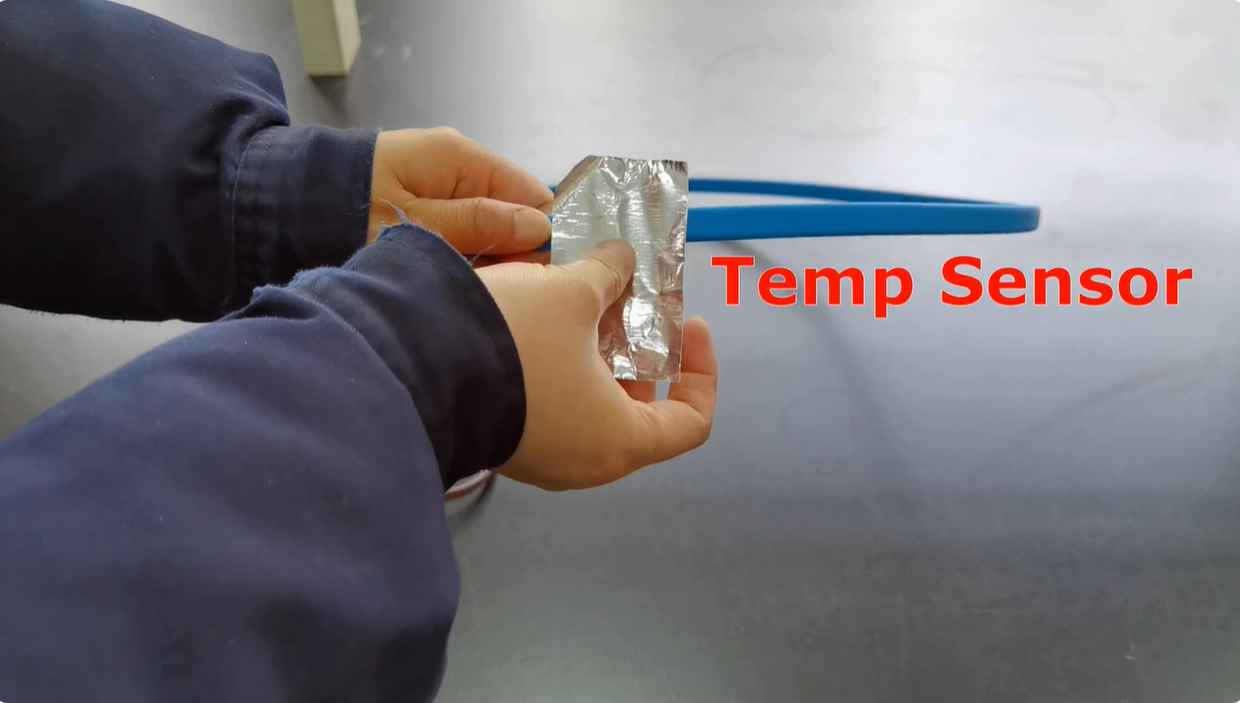
Case Studies And User Experiences
Exploring how heat tape can cause unsightly yellow marks on surfaces is a concern for many users. Through case studies and user experiences, insights emerge, showcasing both the problem and the solutions.
Real-life Examples Of Heat Tape Staining
Countless individuals have encountered unexpected yellowing after using heat tape. This discoloration can present a challenge to homeowners and professionals alike, prompting a search for remedies and preventative measures.
- A homeowner in Michigan noticed yellow tracks on their gutters after a harsh winter where heat tape was essential.
- In a Minnesota cabin, heat tape used to prevent ice dams left yellow stains on the wooden roof overhangs.
These real-life scenarios underline the need for addressing heat tape stains effectively to maintain aesthetic appeal.
Testimonials On Resolving Discoloration
Positive outcomes have been reported by users who took action against the unsightly yellowing caused by heat tape.
| User | Solution | Result |
|---|---|---|
| Sarah from Vermont | Switched to higher-quality heat tape | No new staining reported |
| Alex from Colorado | Applied a protective coating before installation | Yellow marks significantly reduced |
Such testimonials highlight the effectiveness of both preventative measures and the careful selection of products. Users can maintain the integrity of their surfaces by choosing the right heat tape and taking preemptive steps.
Frequently Asked Questions Of Why Heat Tape Is Leaving Yellow Marks And How To Solve It
How Do You Remove Heat Tape Marks?
To remove heat tape marks, gently rub the area with a cloth dabbed in rubbing alcohol or apply a mixture of baking soda and water. Rinse with a clean, damp cloth afterward.
How Do You Get Tape Residue Off Sublimation Tumbler?
To remove tape residue from a sublimation tumbler, gently rub the area with isopropyl alcohol or a non-abrasive adhesive remover. Wipe clean with a soft cloth. Always test a small area first to ensure the tumbler’s finish remains undamaged.
What Can I Use Instead Of Heat Tape?
Alternatives to heat tape include pipe insulation, electrical heating cables, antifreeze insulating materials, and thermostatically controlled heat lamps. Use these to prevent pipe freezing and maintain warmth.
What Is The Most Heat Resistant Tape?
PTFE (Polytetrafluoroethylene) tape, commonly known as Teflon tape, exhibits outstanding heat resistance, withstanding temperatures up to 600°F (315°C).
Conclusion
Dealing with yellow marks from heat tape doesn’t have to be a struggle. By choosing the right tape, cleaning surfaces properly, and following manufacturer guidelines, you can avoid unsightly stains. Remember, the key is prevention and careful application. Tackle the issue head-on and enjoy clean, mark-free surfaces.

